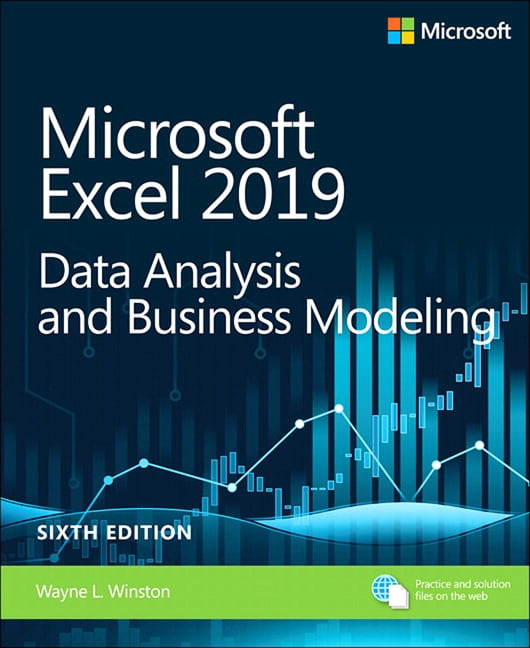

Pricing products by using tie-insĬhapter 89. Queuing theory: The mathematics of waiting in lineĬhapter 88. Inventory modeling with uncertain demandĬhapter 86. The economic order quantity inventory modelĬhapter 85. Using resampling to analyze dataĬhapter 84. Fun and games: Simulating gambling and sporting event probabilitiesĬhapter 81. Simulating stock prices and asset-allocation modelingĬhapter 80. Introduction to Monte Carlo simulationĬhapter 79. Importing historical stock data into ExcelĬhapter 77. Using the lognormal random variable to model stock pricesĬhapter 76. Making probability statements from forecastsĬhapter 75. Weibull and beta distributions: Modeling machine life and duration of a projectĬhapter 74. The normal random variable and Z-scoresĬhapter 73. The Poisson and exponential random variableĬhapter 72. The binomial, hypergeometric, and negative binomial random variablesĬhapter 71. An introduction to random variablesĬhapter 70. An introduction to probabilityĬhapter 69. Forecasting in the presence of special eventsĬhapter 68. Ratio-to-moving-average forecast methodĬhapter 67. Winters method and the Forecast SheetĬhapter 66. Using moving averages to understand time seriesĬhapter 65. Randomized blocks and two-way ANOVAĬhapter 64. Analysis of variance: One-way ANOVAĬhapter 63. Modeling nonlinearities and interactionsĬhapter 62. Incorporating qualitative factors into multiple regressionĬhapter 61. Introduction to multiple regressionĬhapter 60. Using correlations to summarize relationshipsĬhapter 59. Estimating straight-line relationshipsĬhapter 58. Filtering data and removing duplicatesĬhapter 55. Summarizing data with database statistical functionsĬhapter 51. Using pivot tables and slicers to describe dataĬhapter 50. Summarizing data by using descriptive statisticsĬhapter 45. Summarizing data by using histograms and Pareto chartsĬhapter 44. Geography and Stock data typesĬhapter 43. Importing data from a text file or documentĬhapter 41.

The traveling salesperson problemĬhapter 39. Penalties and the Evolutionary SolverĬhapter 38. Warehouse location and the GRG Multistart and Evolutionary Solver enginesĬhapter 37. Using Solver to rate sports teamsĬhapter 36. Using Solver for financial planningĬhapter 35. Using Solver for capital budgetingĬhapter 34. Using Solver to solve transportation or distribution problemsĬhapter 33. Using Solver to schedule your workforceĬhapter 32. Using Solver to determine the optimal product mixĬhapter 31. An introduction to optimization with Excel SolverĬhapter 30. Spin buttons, scrollbars, option buttons, check boxes, combo boxes, and group list boxesĬhapter 29. Excel tables and table slicersĬhapter 27. The SUMIF, AVERAGEIF, SUMIFS, AVERAGEIFS, MAXIFS, and MINIFS functionsĬhapter 26. The COUNTIF, COUNTIFS, COUNT, COUNTA, and COUNTBLANK functionsĬhapter 21. Using the Scenario Manager for sensitivity analysisĬhapter 20. Sensitivity analysis with data tablesĬhapter 19. The auditing tool and the Inquire add-inĬhapter 17. Three-dimensional formulas and hyperlinksĬhapter 16. IF, IFERROR, IFS, CHOOSE, and SWITCH functionsĬhapter 15. More Excel financial functionsĬhapter 12.



 0 kommentar(er)
0 kommentar(er)
